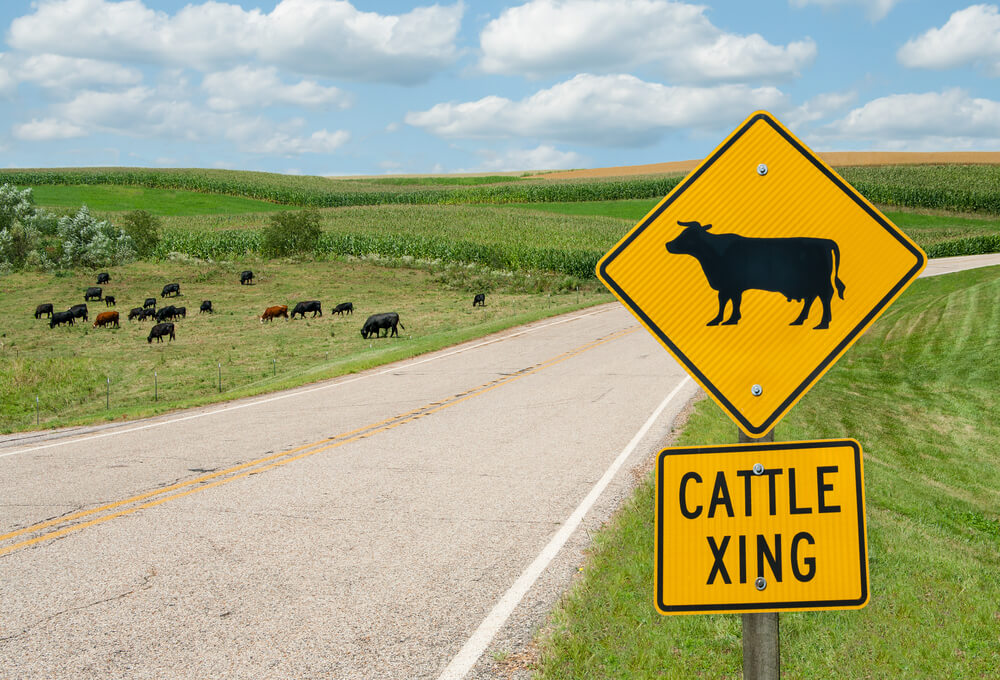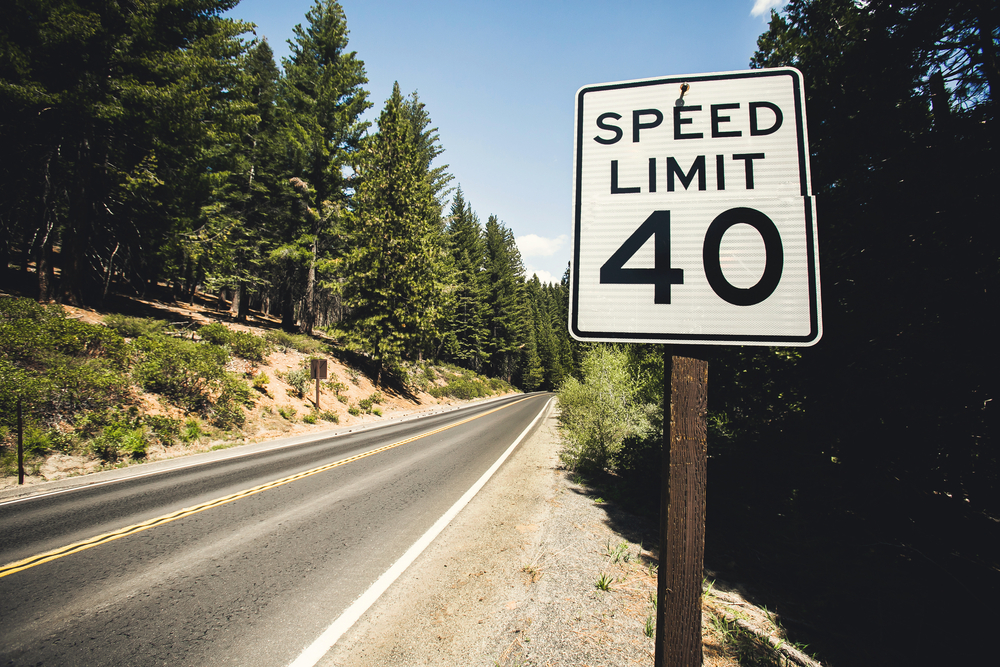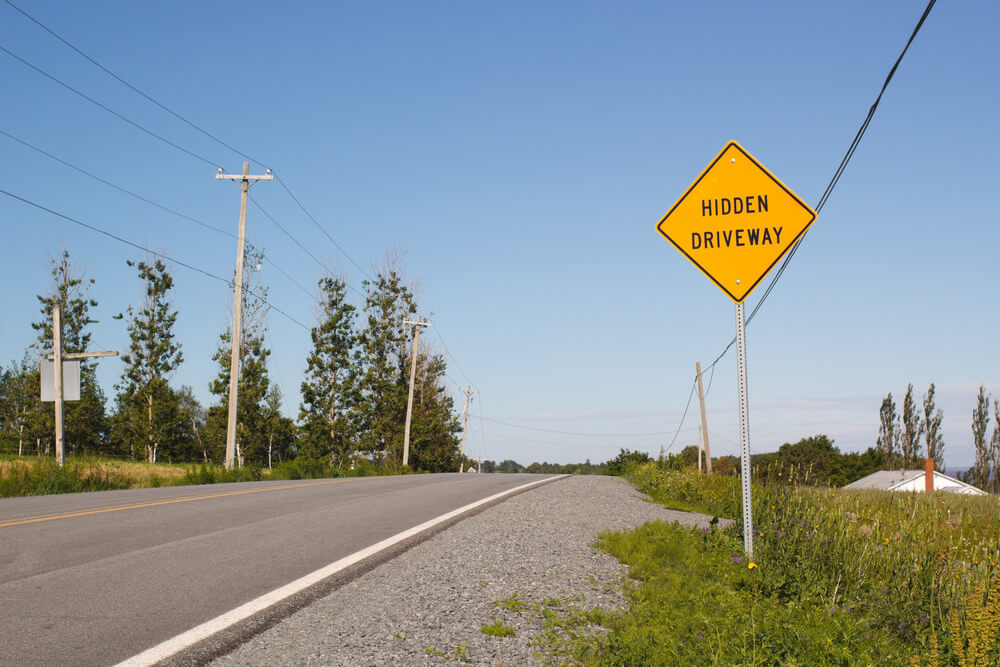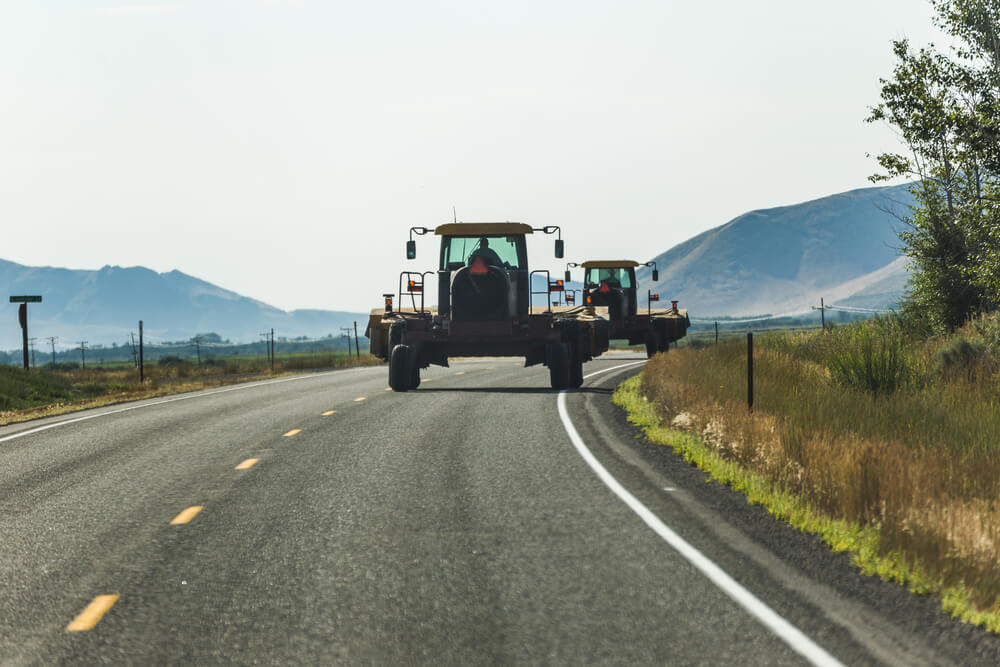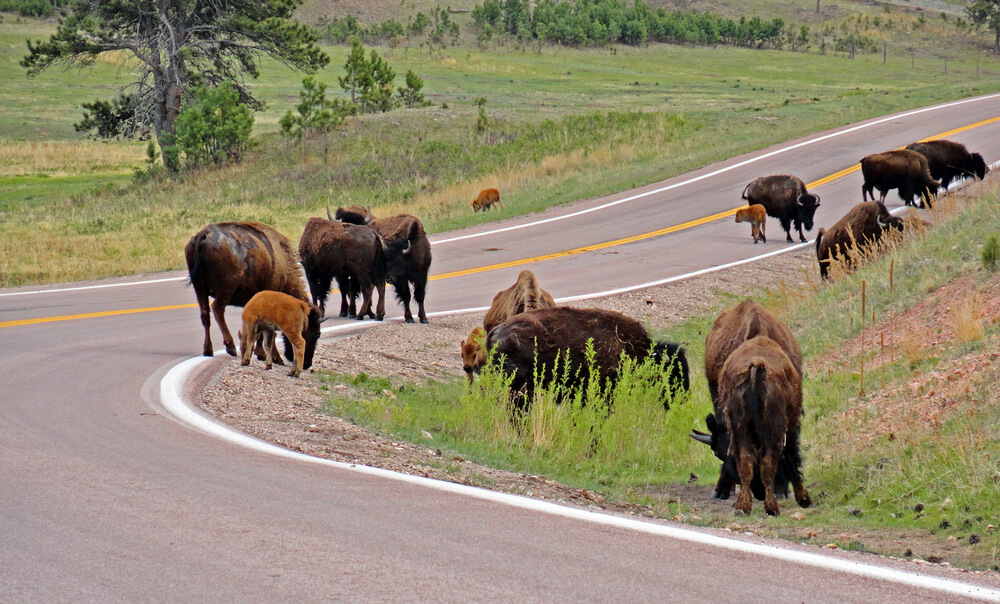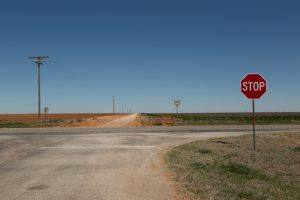Rural roads offer some of the most beautiful and enjoyable drives. Whether you are driving on a rural road out of necessity or to experience scenic vistas, you should take special precautions. If you are used to driving in busy metropolitan areas, rural roads may seem almost harmless; however, there are many dangers associated with driving on back roads. Here are some tips that will help to ensure your safety while driving on rural roads.
6 Safety Tips for Rural Road Driving
- 1
Be aware of the speed limit. Many drivers assume that they can drive quickly on rural roads because there is typically little to no traffic. This is not the case. Rural roads often have very low speed limits that are sparsely posted. You should drive at or below the speed limit regardless of how unnecessarily slow it may seem.
40 mph sign in Yosemite National Park![speed limit]()
- 2
Use caution when passing. Long, straight stretches of rural roads often allow drivers to pass slower vehicles. If you choose to pass a vehicle, make sure that the section of road on which you intend to pass is marked accordingly.
If there are both solid and dashed yellow lines between lanes, you may pass only if the dashed yellow line is on your side![rear facing seat]()
- 3
Watch for hidden driveways. Rural roads are often scattered with residences. When driving on these types of roadways, watch out for driveways. If a rural road is curvy or hilly, driveways can be difficult to see until you are very close to them. This could put you in danger of colliding with another vehicle as it is pulling out onto the road.
Driveways that lead from windy roads are especially hazardous![hidden driveway]()
- 4
Tractors, ATVs, and farming combines can often be found on rural roadways. Remember that these vehicles, especially farm equipment, have every right to be on the road. Keep a safe distance between your vehicle and these types of vehicles. The drivers of such vehicles might have limited visibility. If you attempt to pass a large piece of equipment on a rural roadway, make sure that you have plenty of time and space to make the maneuver safely. Above all, be courteous to the drivers of these types of vehicles. These rural roads are their home. They drive on them much more frequently than you do.
Tractors and other farm equipment may be wider than they look from behind and may require extra space in both lanes![farming equipment on the road]()
- 5
In some areas, livestock may be moved across rural roads from time to time. There should be road signs marking these areas and warning drivers to slow down and use caution. If you happen upon a group of cattle or other livestock being moved from one side of a rural road to another, bring your vehicle to a halt and wait patiently for the animals to clear the roadway completely. Do not do anything that may spook the animals like revving your engine or blowing your horn. Stay inside your vehicle for safety.
Buffalo herd in the Black Hills of South Dakota![buffalo herd]()
- 6
Rural roadways often have fewer street lights than metropolitan or suburban areas. Expect darker conditions when driving on rural roads at night. It may be necessary to use your car’s high beams more than usual to increase your visibility.
Driving on a country road is often a wonderful experience. Enjoy the views of farms, country houses, fields of crops, and open landscapes as you carefully drive down these less travelled roads. Remember that rural roads are not to be used as a means to get somewhere faster. Driving on a rural road requires attention to your surroundings and respect for the people and animals that inhabit the area.
